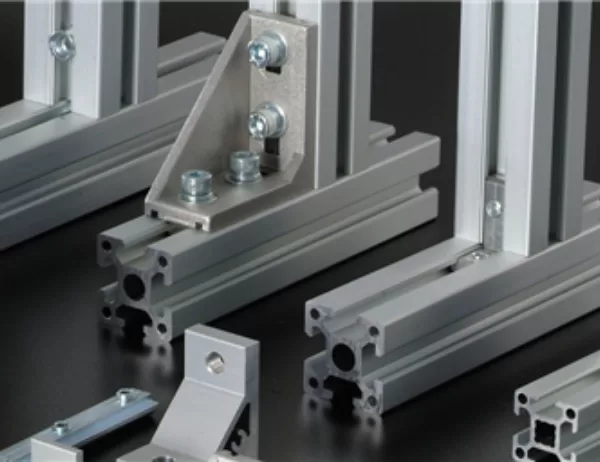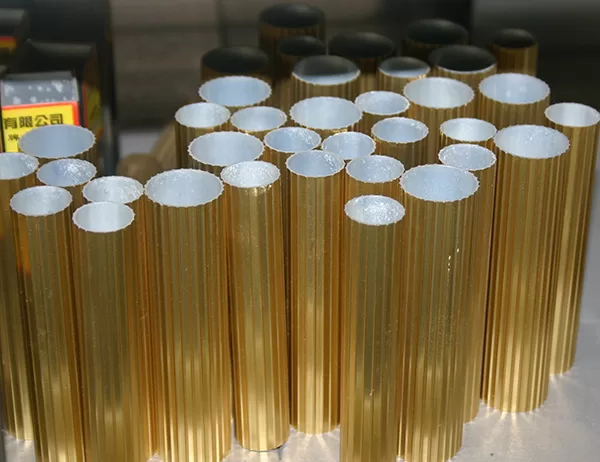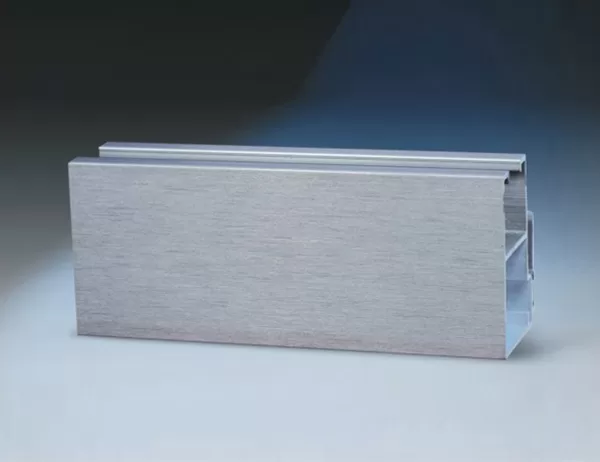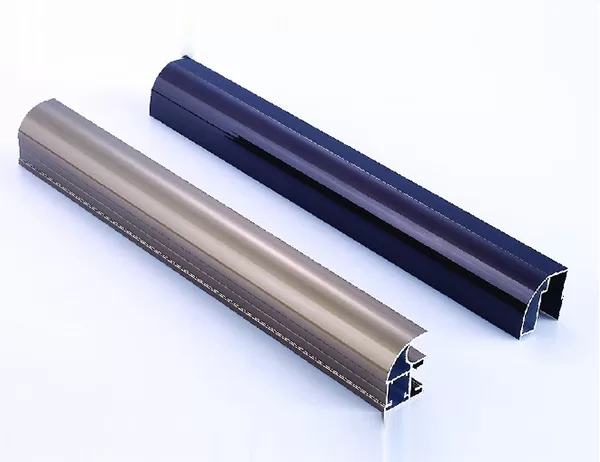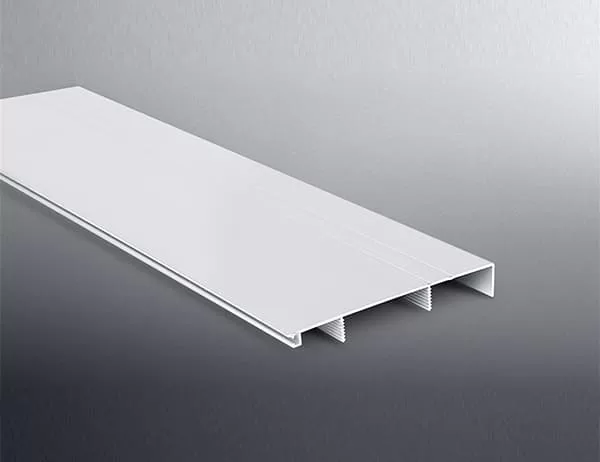Wardrobe design holds a crucial role in enhancing the functionality, aesthetics, and durability of living spaces. Aluminum profiles have emerged as an exceptional choice for wardrobe construction, offering numerous advantages that make them an ideal solution for both domestic and commercial applications. This article explores the multifaceted benefits of utilizing aluminum profiles in wardrobe design, highlighting their superior qualities and diverse applications.
Aluminum is renowned for its exceptional durability, making it an ideal material for the construction of wardrobes. Unlike wooden or particleboard frames, aluminum profiles are resistant to warping, bending, and cracking, ensuring the longevity of the wardrobe structure. Additionally, their high strength-to-weight ratio allows for the creation of robust and stable wardrobe frames, capable of withstanding heavy loads without compromising structural integrity.
Aluminum’s natural corrosion resistance makes it an ideal choice for wardrobes in moisture-prone areas, such as bathrooms or humid climates. Unlike steel or iron, aluminum does not rust or deteriorate, preserving the integrity of the wardrobe frame and preventing unsightly stains or discoloration. This attribute ensures that wardrobes made with aluminum profiles retain their aesthetic appeal and functionality over an extended period.
One of the key advantages of aluminum profiles is their lightweight nature. Compared to other materials used in wardrobe construction, such as wood or solid steel, aluminum frames are significantly lighter, making them easier to handle and install. This lightweight construction simplifies transportation, assembly, and any necessary adjustments, reducing labor costs and enhancing the overall efficiency of wardrobe installation.
Aluminum profiles offer unparalleled customization and flexibility in wardrobe design. They can be extruded into various shapes and dimensions, allowing for the creation of wardrobes that perfectly align with specific space constraints and design preferences. From intricate patterns to sleek and minimalistic designs, aluminum profiles can accommodate a wide range of aesthetic styles and functional requirements. This versatility makes them an ideal solution for both residential and commercial applications.
Aluminum is an environmentally friendly material that is highly recyclable. Wardrobes made with aluminum profiles can be easily disassembled and recycled at the end of their lifespan, contributing to sustainability efforts. Additionally, the durability of aluminum reduces the need for frequent replacements, minimizing resource consumption and environmental impact over the long term.
Aluminum profiles can be anodized or painted in a wide range of colors and finishes, allowing for the creation of wardrobes that seamlessly complement the surrounding decor. This aesthetic versatility makes them suitable for a variety of design themes, from modern and contemporary to classic and traditional. Whether it’s a vibrant pop of color or a timeless metallic finish, aluminum profiles enhance the visual appeal of wardrobes, making them both functional and aesthetically pleasing.
The benefits of using aluminum profiles in wardrobe design are numerous and compelling. Their exceptional durability, corrosion resistance, lightweight nature, customization options, sustainability, and aesthetic appeal make them an ideal choice for both residential and commercial applications. By incorporating aluminum profiles into wardrobe construction, designers and homeowners can create functional, stylish, and long-lasting wardrobes that enhance the living space while promoting sustainability.
